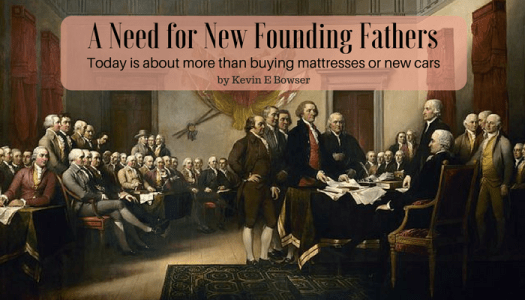I had the opportunity to speak recently to a group of senior level staff and leaders from various organizations. My topic was “E.I. for the Job Seeker.” And it took the basic tenets of EI/EQ and applied them to those in a career transition.
The speech was well-received. (At least I think it was.) Questions and answer times at the end of any presentation can be challenging for the presenter. You never know what someone will ask. And there is always that one person in the audience that wants to play “Stump the Band.” All the folks born after the 30 year run of Johnny Carson on The Tonight Show ended in 1992 may need to look up the “Stump the Band” reference.
Up, Down, Sideways
One of the questions posed can be paraphrased as such: “What relationship is hardest to manage — with your boss, with your staff, or with your peers?”
It did not take me long to respond that it is the peer relationships that can be the most challenging in most environments. Here is why.
Upward Facing Relationships – These are defined by my desire to understand and to satisfy the requirements established by my boss. The more I understand them, the clearer they are to me, and the higher my chances of succeeding because of that understanding and clarity.
Downward Facing Relationships – These are defined by my desire to communicate the goals and objectives that I have received through the upward facing relationship. Once communicated and understood, I can establish accountability and checkpoints along the way that will gauge our success.
Sideways Relationships – Here is where the difficulty arises for so many. Because they are peer relationships, they often lack the structure and lines of accountability that exist in the other two relationships. The lack thereof can sometimes lead to behaviors that would be tolerated or even considered in the other two relationships. And that is why they can be so difficult.





